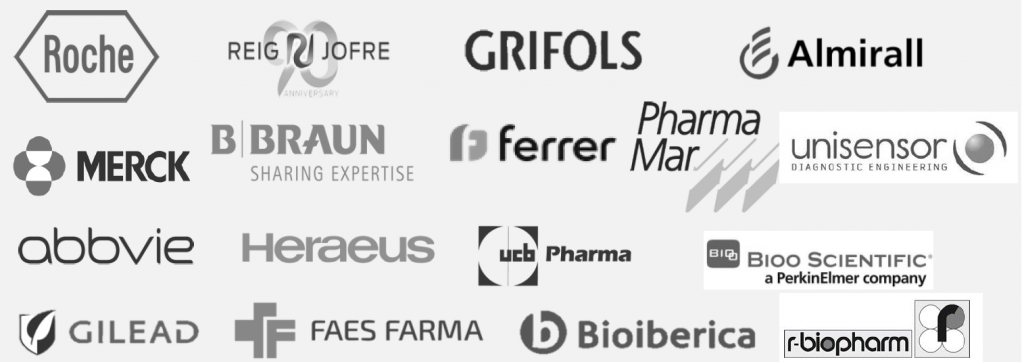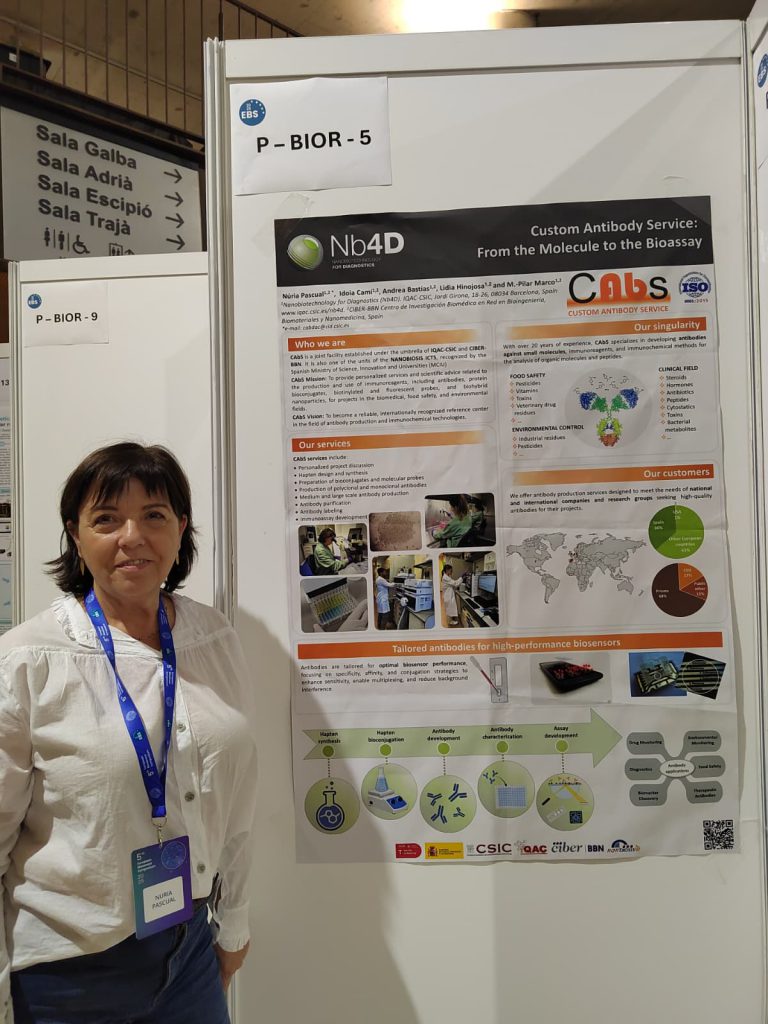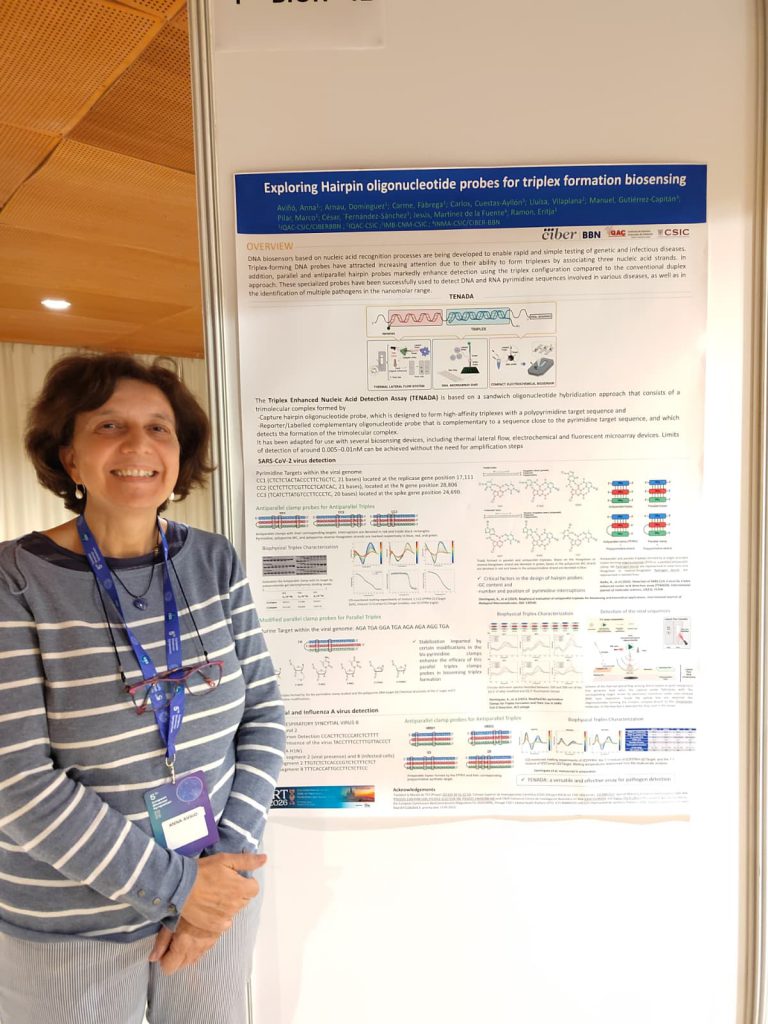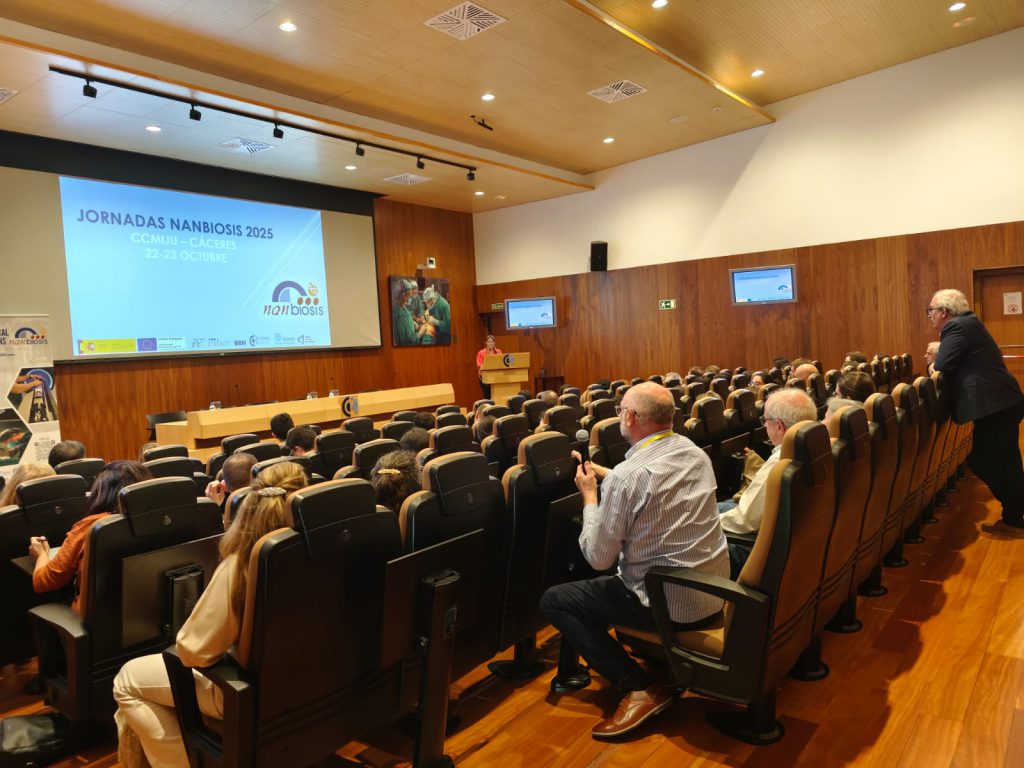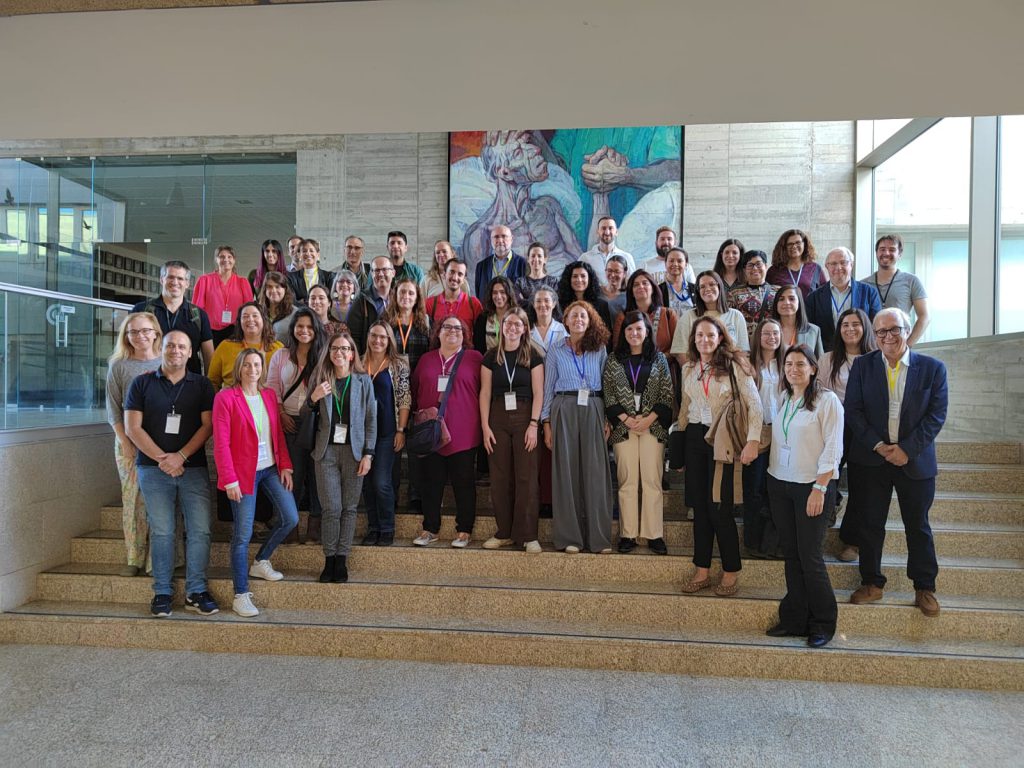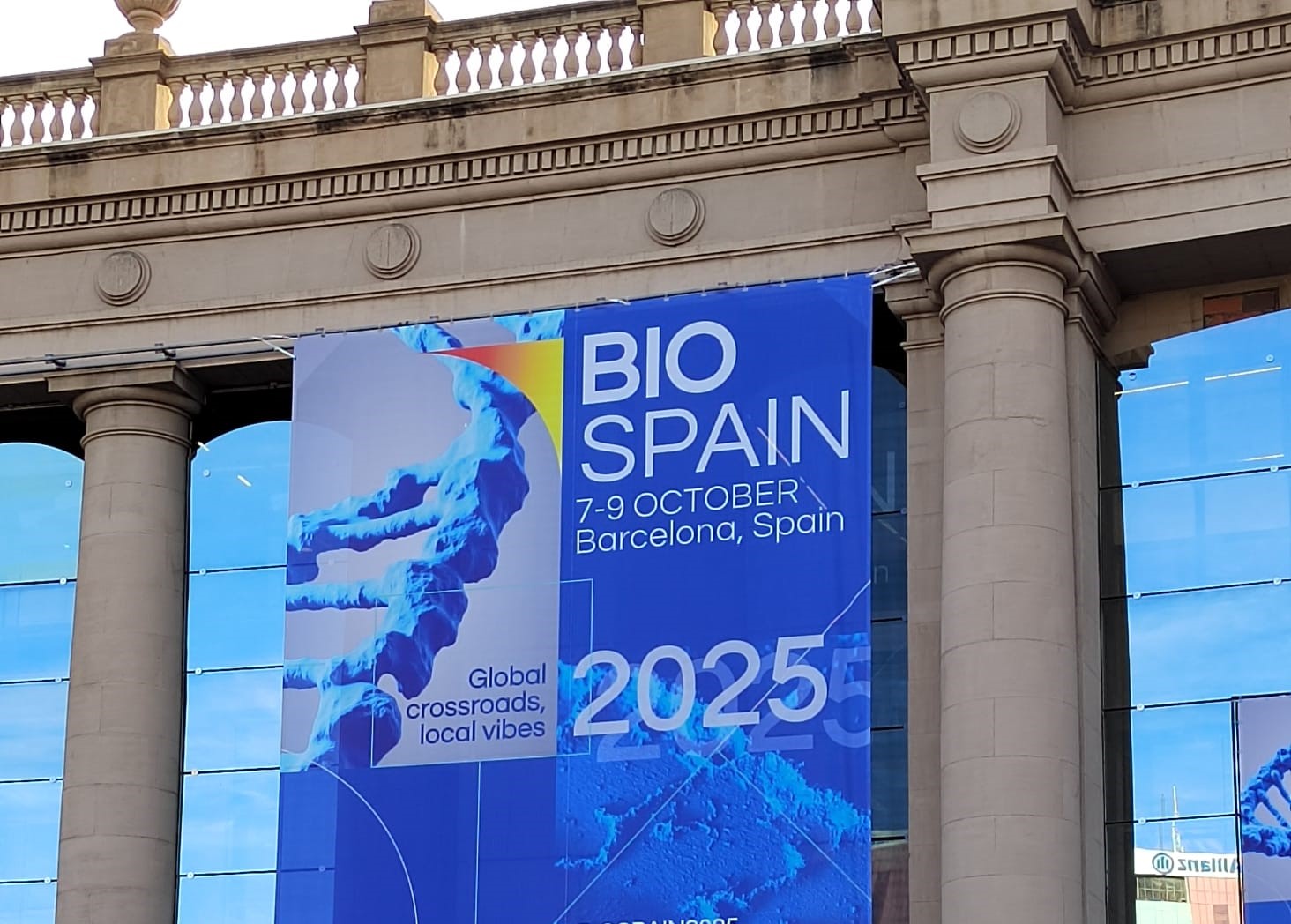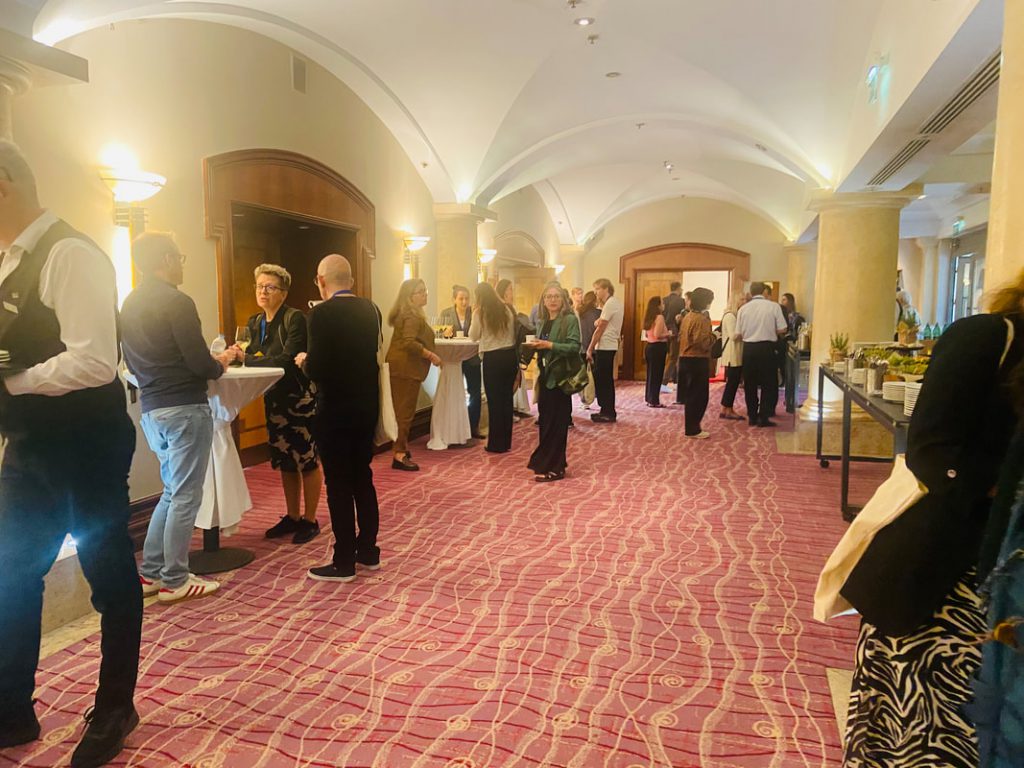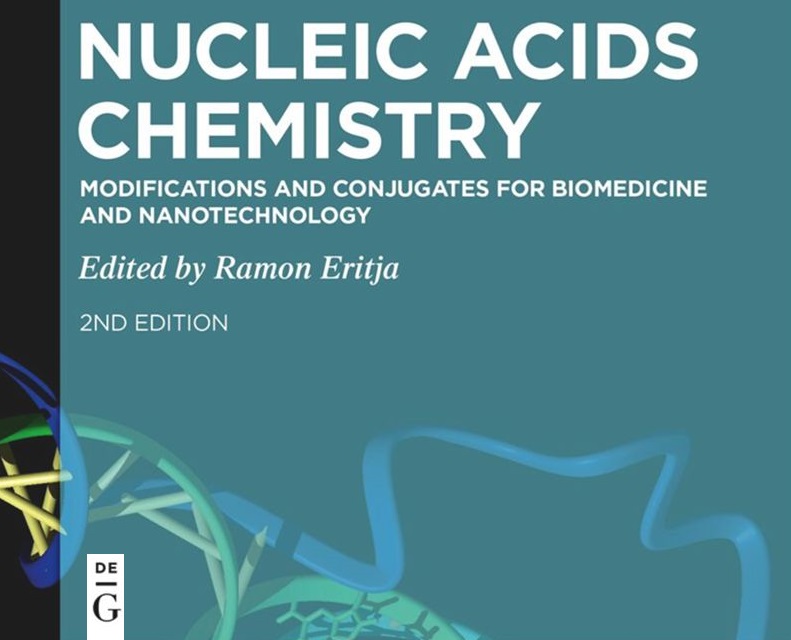NANBIOSIS highlighted at the 2025 CIBERESP Scientific Meeting in Zaragoza
NANBIOSIS featured at CIBERESP 2025 in Zaragoza, where Mª Rosa Aguilar highlighted its role in advancing collaborative nanomedicine research.
Zaragoza, October 2025 — The 2025 Scientific Meeting of CIBERESP (Epidemiology and Public Health) brought together nearly 100 expert researchers to discuss recent advances in epidemiology, public health, and cross-disciplinary biomedical research. The two-day event, held at the Hotel Exe Boston in Zaragoza, featured leading experts from multiple CIBER areas, including the CIBER-BBN (Bioengineering, Biomaterials and Nanomedicine) area, which presented the NANBIOSIS Research Infrastructure through the participation of Mª Rosa Aguilar, Scientific Deputy Director of CIBER-BBN.
Strengthening collaboration across CIBER areas
The session “Expanding CIBER frontiers: towards a more collaborative future” highlighted how CIBER networks are working together to address national health challenges through multidisciplinary research.
Mª Rosa Aguilar represented CIBER-BBN and NANBIOSIS, emphasizing the importance of advanced technological platforms for innovation in nanomedicine, bioengineering, and biomedical devices. Her intervention underscored how infrastructures like NANBIOSIS can encourage scientific collaboration, accelerate translational research, support public–private partnerships, and promote technological transfer to improve health outcomes.
This collaboration between CIBERESP, CIBERDEM (Diabetes and Metabolic Diseases), and CIBER-BBN demonstrates Spain’s commitment to a connected biomedical research ecosystem where infrastructures and knowledge platforms work hand in hand.
Open science and the new structure of CIBERESP
The meeting opened with a keynote lecture by Pilar Rico, Head of the Open Science Unit at FECYT, titled “Open science: knowledge as a public good.” Her talk reinforced the need for accessibility, transparency, and cooperation in research, principles also shared by NANBIOSIS, which provides open access to state-of-the-art facilities and expertise for biomedical and industrial users.
CIBERESP also presented its new scientific structure, which integrates merged programmes and introduces a new transversal strategic action on Health Inequalities. This reorganization aims to enhance efficiency and foster synergies across epidemiology, chronic diseases, social determinants of health, and healthcare services research.
Supporting young researchers and innovative projects
A core part of the programme was dedicated to young researchers, featuring presentations of intramural projects from the 2023 call, as well as poster sessions. Topics ranged from diet-related metabolomics and endometrial cancer diagnostics to the environmental impact on endometriosis and genomic studies on transmisible diseases.
Interactive workshops and networking activities reinforced CIBERESP’s support for emerging talent, collaboration, and cross-area learning.
NANBIOSIS: connecting nanomedicine and public health
Through CIBER-BBN’s participation, NANBIOSIS reinforced its mission as a Spanish Singular Scientific and Technical Infrastructure (ICTS) offering high-level services in nanotechnology, biomaterials, and bioengineering. Its inclusion in the CIBERESP meeting underlined the growing importance of technological infrastructures in tackling public-health challenges — from diagnostics and disease modelling to personalized medicine and preventive technologies.
By promoting open access, collaborative research, and innovation transfer, NANBIOSIS continues to serve as a bridge between academic research and industrial development, supporting both the scientific and technological pillars of Spain’s national health research system.
What is NANBIOSIS?
The goal of NANBIOSIS is to provide comprehensive and integrated advanced solutions for companies and research institutions in biomedical applications. All of this is done through a single-entry point, involving the design and production of biomaterials, nanomaterials, and their nanoconjugates. This includes their characterization from physical-chemical, functional, toxicological, and biological perspectives (preclinical validation).
In order to access our Cutting-Edge Biomedical Solutions with priority access, enter our Competitive Call here.
NANBIOSIS has worked with pharmaceutical companies of all sizes in the areas of drug delivery, biomaterials and regenerative medicine. Here are a few of them:
